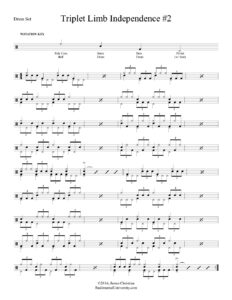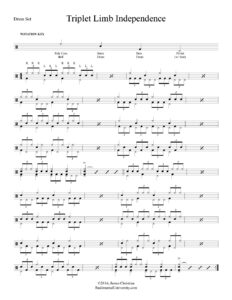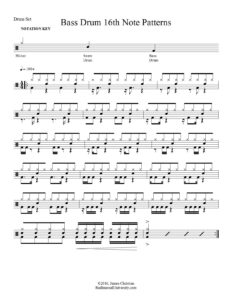Enjoy the holidays with a short four-mallet keyboard percussion solo. It can be performed on marimba, vibraphone, or xylophone.
To celebrate the New Year, we often hear people sing the traditional Scottish folk tune “Auld Lang Syne.” What better way to commemorate the occasion than with a new four-mallet arrangement for marimba? (It can also be played on xylophone or vibraphone by taking it up an octave.) The sheet music can be downloaded at the link below.
The primary techniques utilized are double vertical strokes and single independent strokes. Additionally, a few simple rolls are used throughout. This arrangement is loosely inspired by Charles Grobe’s Melodies of the People: New Variations on Old Tunes No. 7—”Auld Lang Syne” with Brilliant Variations, Op. 412, published in 1854.
Enjoy! Happy New Year!
Read more ““Auld Lang Syne” for Marimba Vibraphone, or Xylophone”




